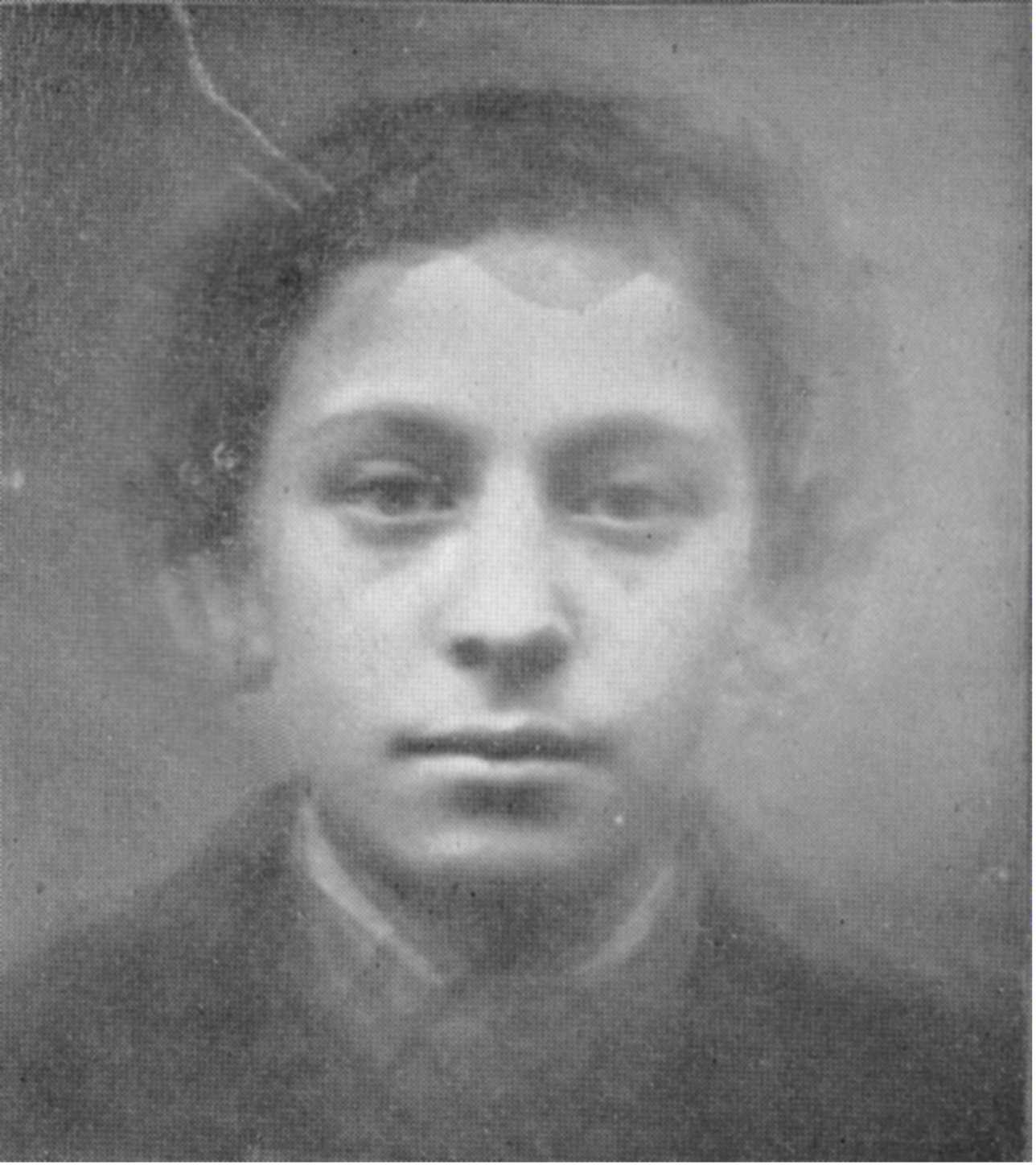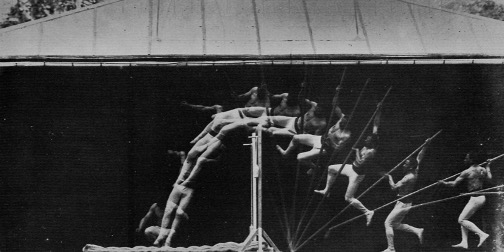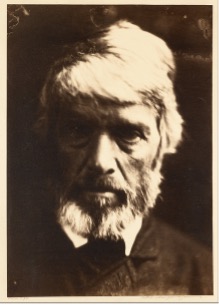In this episode, Ethan and Kevin speak with Dr. Josh Ellenbogen (University of Pittsburgh) about the Victorian polymath Francis Galton’s (1822–1911) invention of composite photography, whereby multiple individual portraits are combined into a final image. We discuss how Galton (the cousin of Charles Darwin) was motivated to developed composite photography by his interest in the possibility of “pictorial statistics”: visualizations Galton believed could refine our mental concepts about the world and be applied to realizing a society based on principles of eugenics. Our discussion connects Galton to other contemporaneous photographers, as well as the history and position of photography in relation to the fine arts and Victorian notions of the “beautiful”. Finally, we discuss how Galton’s troubling work, which arrived at a radically transformative moment in the history of photography, resonates with contemporary technologies ranging from facial recognition and AI-generated imagery to telescopic images of space.
 Francis Galton, Composite photograph, 1883.
Francis Galton, Composite photograph, 1883.
Read more about Dr. Ellenbogen’s work on Galton and the use of photographs as agents of concept formation in Reasoned and Unreasoned Images: The Photography of Bertillon, Galton, Marey (Pennsylvania State University Press, 2012).
Other artists, scholars, and images mentioned in this episode:
 Étienne-Jules Marey (1830–1904), Vault over bar, Chronophotograph, 1890. Source: Wikimedia.
Étienne-Jules Marey (1830–1904), Vault over bar, Chronophotograph, 1890. Source: Wikimedia.
Around the same moment Galton invented composite photography, photographers such as Marey and Eadweard Muybridge developed photographic speeds as fast as 1/10,000 of a second, giving for the first time visual existence to processes and phenomena invisible to the human eye. Galton was likewise motivated to create his composite photographs based on his belief that “pictorial statistics” could reveal the image of generic types—such as “the criminal”—which could never be seen without the aid of photographic technologies.
 Julia Margaret Cameron (1815–1879), Thomas Carlyle, Albumen silver print, 1867. Source: Getty Museum.
Julia Margaret Cameron (1815–1879), Thomas Carlyle, Albumen silver print, 1867. Source: Getty Museum.
Victorian society interpreted Cameron’s artistic experiments with “blur” as proof that photography could convey ideas. Cameron’s achievements held great influence over Galton, who believed the blur observed in his composite photographs provided evidence for the validity of his method of “pictorial statistics”.
 Julia Margaret Cameron, Charles Darwin, Albumen silver print, 1868. Source: UC San Diego via JSTOR.
Julia Margaret Cameron, Charles Darwin, Albumen silver print, 1868. Source: UC San Diego via JSTOR.
Galton’s belief in social Darwinism and eugenics was greatly influenced by his understanding of the laws of inheritance and natural selection proposed by his half-cousin, Charles Darwin (1809–1882), in the latter’s On the Origin of Species.
Further Reading:
- Francis Galton, “Composite Portraits” (1878), Nature, 18, 97-100.
- Lorraine Daston and Peter Galison, Objectivity (New York: Zone Books, 2007).
- Allan Sekula, “The Body and the Archive” (1986), October, 39, 3–64.
Picturing Knowledge is produced by Kevin Hong and Ethan Perets and supported by the Order of Multitudes Mellon-Sawyer Seminar at Yale University. This episode features original music by Michael Healey. This episode was edited for clarity and length.